Plasma: the negatively charged electrons (yellow) are freely
streaming through the positively charged ions (blue).
General Atomics
The Plasma State
Plasma is known as the fourth state of matter (the first three states being solid, liquid and gas).
Matter in ordinary conditions on Earth has electrons that orbit around the atomic nucleus. The electrons are bound to the nucleus by the mutual, electrostatic attractive force. If the temperature is high enough, the electrons
(at least those of the outermost orbits) acquire enough kinetic energy
to escape the atom's potential (similar to a spacecraft that escapes the Earth's gravitational pull). In this situation the electrons are no longer trapped in orbits around the nucleus. This is the plasma state, where a gas becomes a collection of negatively charged electrons which have escaped the pull of the nucleus and ions which are positively charged because they have lost one or more electrons.
The majority of the matter in the universe is actually found in the plasma state. This is because stars are made up of material in the plasma state.
You might also be interested in:
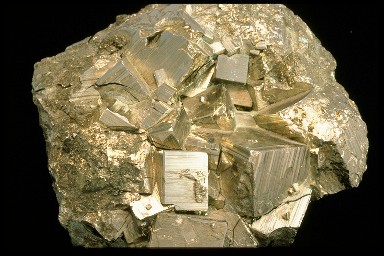
Solid is one of the four common states of matter. The three others are gas, liquid, and plasma. There are also some other exotic states of matter that have been discovered in recent years. Unlike liquids
...more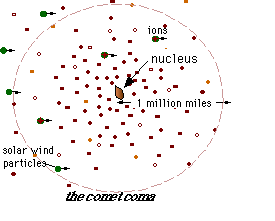
As the ices of the comet nucleus evaporate, they expand rapidly into a large cloud around the central part of the comet. This cloud, called the coma, is the atmosphere of the comet and can extend for millions
...more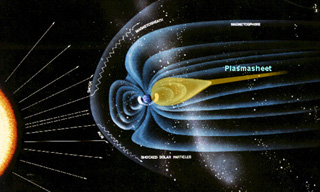
The plasma sheet is simply that, a sheet of plasma that extends down the magnetotail dividing the two lobes of the Earth's magnetic field. The particle density here is about 0.5 cm-3 for both electrons
...more
The plasmasphere is a torus-shaped region within the Earth's magnetosphere. The Earth's plasmasphere is made of just that - plasma. It has a very sharp edge called the plasmapause at equatorial distances
...more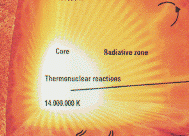
The solar core is made up of an extremely hot and dense gas (in the plasma state). Despite a density of 160,000 Kg/m3, the temperature of 15 million kelvins (27 million degrees Faranheit) prevents the
...more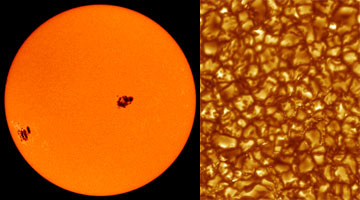
Most of the energy we receive from the Sun is the visible (white) light emitted from the photosphere. The photosphere is one of the coolest regions of the Sun (6000 K), so only a small fraction (0.1%)
...more
The gas in the solar corona is at very high temperatures (typically 1-2 million kelvins in most regions) so it is almost completely in a plasma state (made up of charged particles, mostly protons and electrons).
...more















